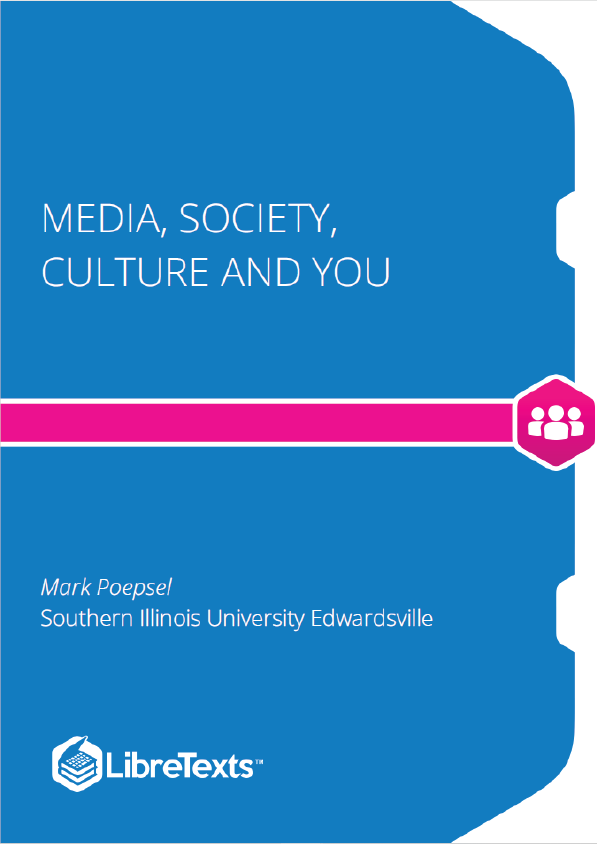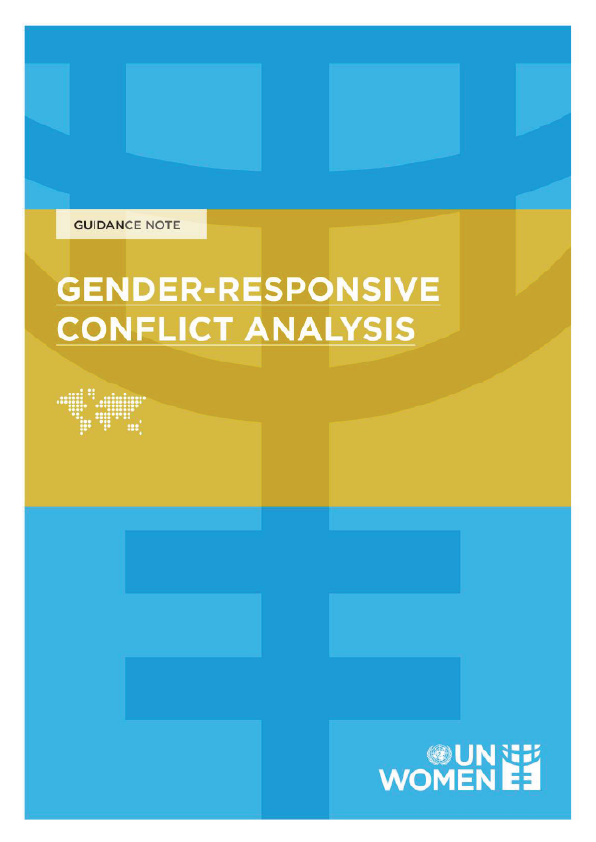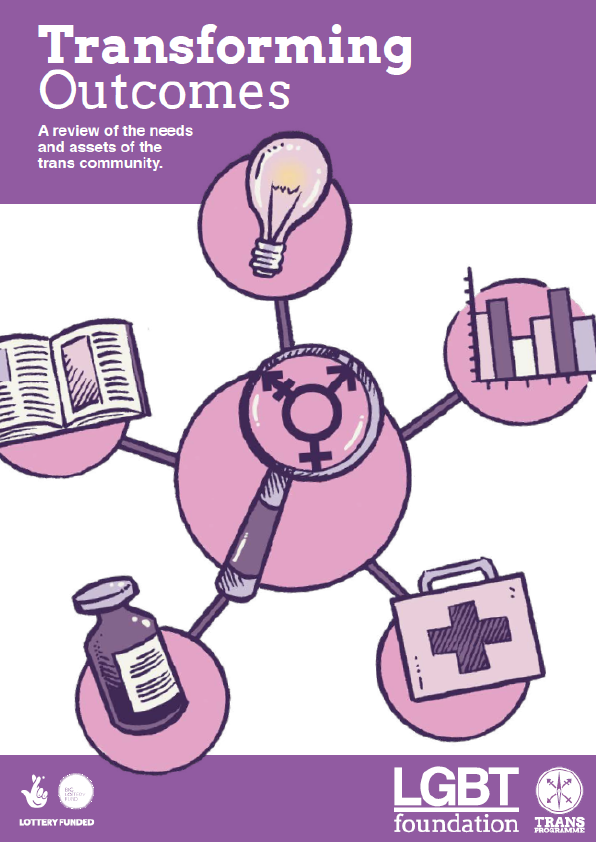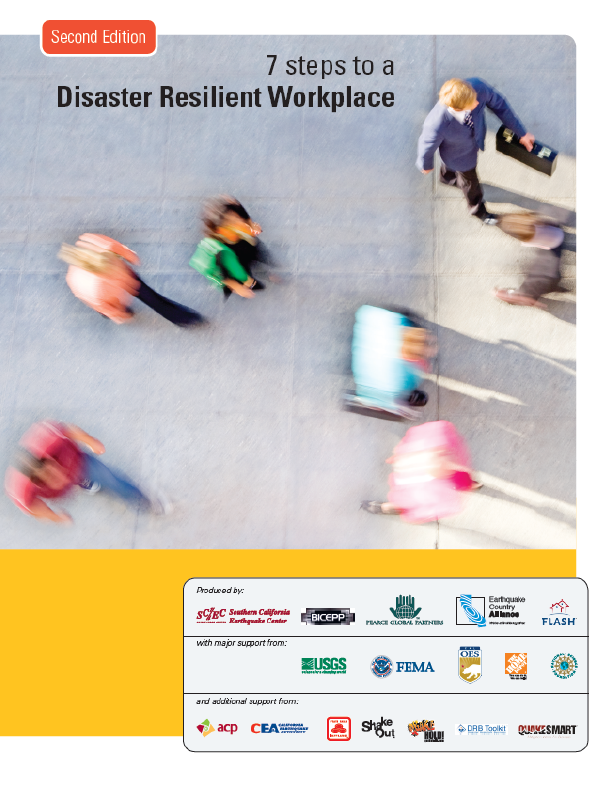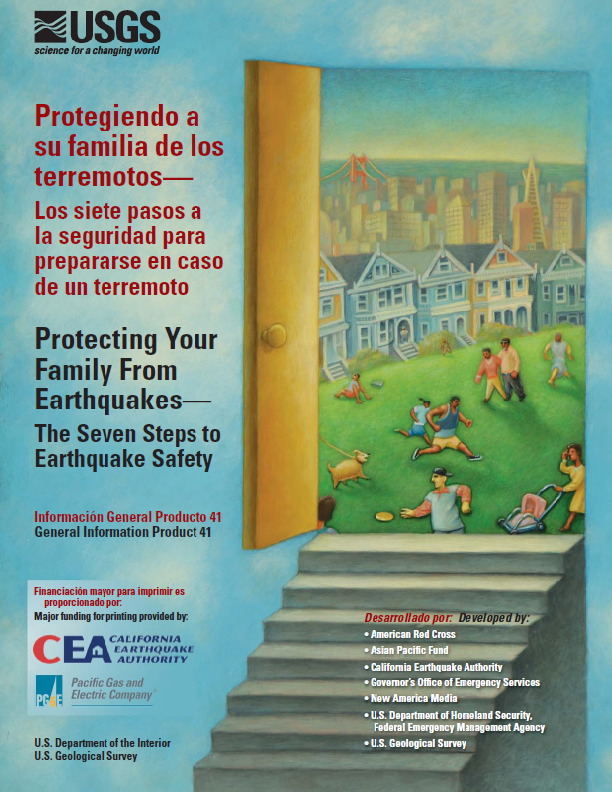Media, Society, Culture, and You is an approachable introductory Mass Communication text that covers major mass communication terms and concepts including “digital culture.” It discusses various media platforms and how they are evolving as Information and Communication Technologies change.
Media, Society, Culture and You
“Society not only continues to exist by transmission, by communication, but it may fairly be said to exist in transmission, in communication.” — John Dewey in Democracy and Education, 1916 The purpose of this chapter is to define media, society and culture broadly. Additionally, the term “communication” is defined in its many forms. Chapters 2 and 3 deal with communication theory in more detail. Digital culture is covered in depth in Chapter 2. We will discuss media literacy and media studies in Chapter 3, but we have to learn to walk before we run, as the saying goes.
The Role of Mass Media in Society
More than one hundred years ago, John Dewey wrote in Democracy and Education that society is not only supported by various forms of communication but also enveloped in communication. Dewey reiterated what philosophers and scholars had noted for centuries: small groups, larger communities and vast institutions — all the things that make up a society — function in relation to how communication flows within and between groups.
There are different forms of communication. At the broadest level, communication is an exchange of meaning between people using symbols. The most common symbols we use are verbal and written words, but there are also many forms of nonverbal communication such as American Sign Language. What sign language, verbal communication and written communication have in common is the use of abstract symbols to convey meaning. Whether you say “thank you” in face-to-face communication, send someone a card with the words “thank you” written on it, or use nonverbal cues to express thanks, the meaning is the same.
Interpersonal communication generally refers to the exchange of meaning between two or more people on a personal, often oneon- one, level. Interpersonal communication can be verbal or nonverbal. Most often, it happens in face-to-face settings. It differs from mass communication, which involves sharing meaning through symbolic messages to a wide audience from one source to many receivers. Sometimes, particularly in computer-mediated communication, messages conveyed using computers, it can be difficult to tell the difference between interpersonal communication and mass communication because individuals can send messages intended only for other individuals that might quickly reach large numbers of people. Social media platforms are often structured in ways that allow interpersonal messages to “go viral” and become mass messages whether the original sender intended to address a mass audience or not.
